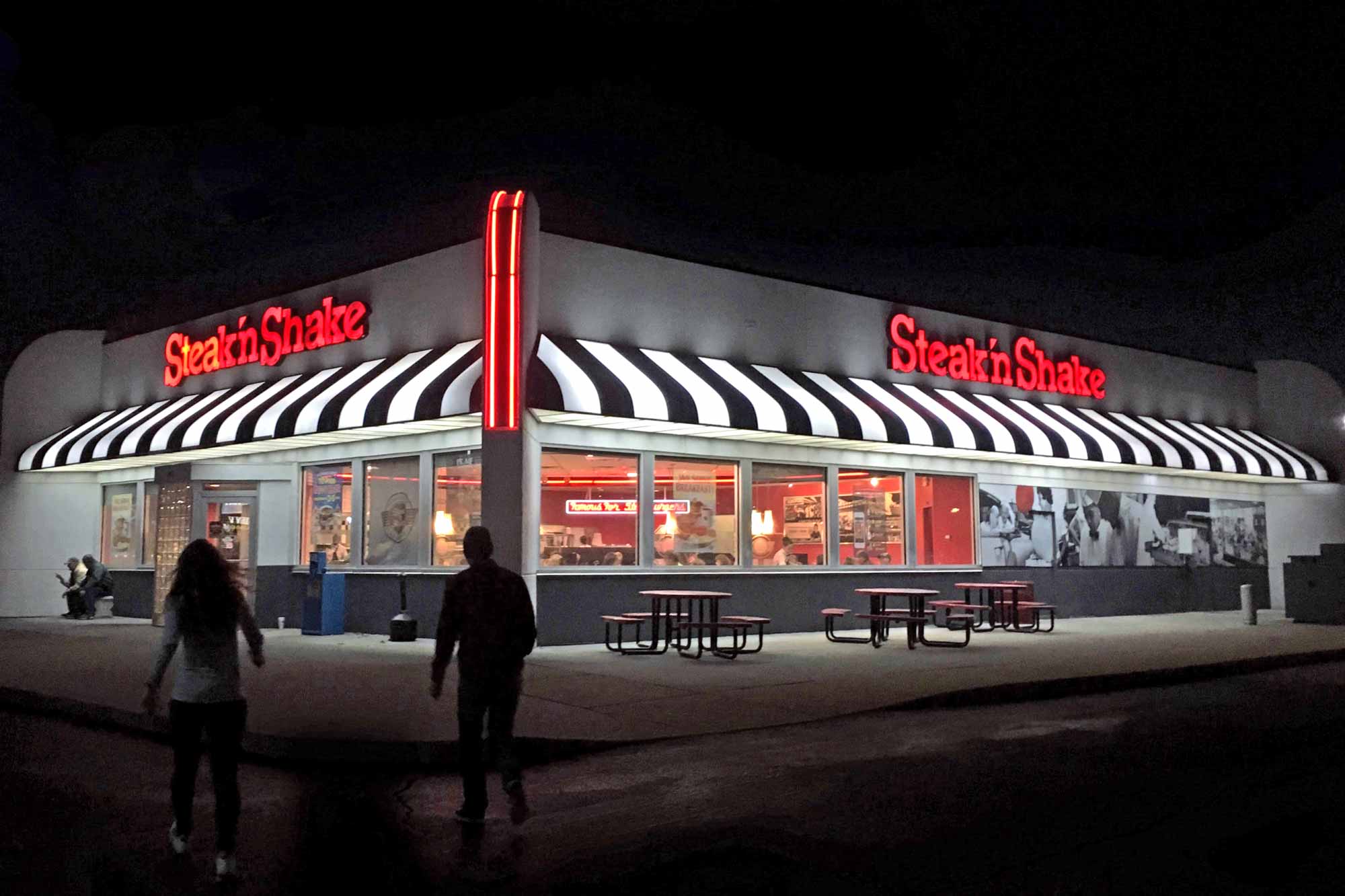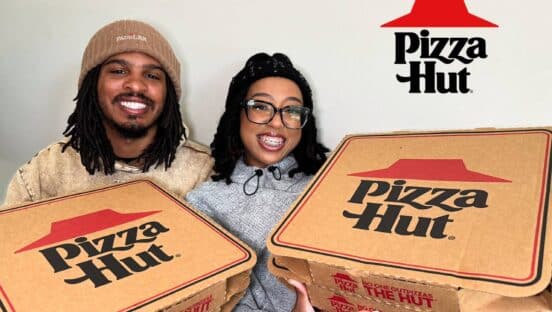Steak ’n Shake permanently closed 51 company-owned units in the first quarter as sales and traffic continue to decline.
Six franchises closed their doors in the quarter, as well.
In an SEC filing, Biglari Holdings, which also owns Western Sizzlin and holds about 9 percent of Cracker Barrel, said “the COVID-19 pandemic had an adverse effect on our restaurant operations, thereby resulting in the evaluation of company-operated restaurants for recoverability.”
Biglari recorded a $10.3 million impairment charge in Q1 due to the closures and the “expected impact of the COVID-19 pandemic on the future operating performance of other company-operated restaurants.”
READ MORE: Steak ‘n Shake is turning into a fast-food chain as units ‘temporarily’ close
The closures come amid Steak ‘n Shake’s ongoing strategy to turn over its company-owned units to single-unit franchise partners for an investment of $10,000. As part of the deal, the company charges the restaurant up to 15 percent of sales to lease the unit and equipment and the franchise partner gets 50 percent of the restaurant’s profits. The plan was first announced in August 2018.
At the end of 2019, 107 company-owned units were temporarily closed as Steak ‘n Shake looked for franchise partners. The 51 permanent closures in Q1 account for almost half of that total.
There are now 306 company-owned stores, down from 368 at the end of Q4. There’s also 39 franchise partners and 208 traditional franchisees. Ten company units were sold to franchise partners in Q1 and one other was sold to a traditional franchisee. Steak ‘n Shake’s systemwide footprint is 553, down from 624 in the year-ago period. Sixty-two units are temporarily closed.
Biglari said in its 2019 annual report that Steak ‘n Shake planned to reopen most of the temporarily closed restaurants as counter-service models. The brand has used servers since it began in 1934 in Normal, Illinois. All models were sit-down for the company’s first 78 years. A quick-serve format arrived in 2012.
After the dining rooms were shut down in mid-March, most of the restaurants remained open via takeout, drive-thru, and delivery. But Biglari said the COVID-19 pandemic could cause issues with the supply chain and that it cannot “predict how the outbreak of COVID-19 will alter the future demand of our products.”
The brand’s Q1 revenue dropped from $170.1 million in 2019 to $111.1 million this year. It had an operating loss of $10.9 million, down from $18.9 million in 2019.
Same-store sales fell 6.9 percent at Steak ‘n Shake in 2019, the fourth straight year of negative comps. This comes after the chain reeled off seven straight years of growth from 2009 to 2015, including 4.1 percent in 2009 and 7.5 percent in 2010. Traffic declined 11.2 percent last year.
Further complicating matters is the fact that Steak ‘n Shake has $159 million outstanding on a $220 million term loan that it’s unlikely to repay or refinance by its maturity date next year. Biglari does not guarantee any of the debt.
The chain recently paid off some of its debt at a discount, which was perceived as an ominous sign by rating agencies. Moody’s, a credit rating company, said in April that Steak ’n Shake will face “extreme challenges” in addressing the loan because of “material deterioration in earnings, cash flow, and credit metrics” driven by the COVID-19 pandemic.







